Suppose a control valve manufacturer produces a large number of valves, which are then sold to customers and used in comparable process applications.
After a period of 5 years, data is collected on the number of failures these valves experienced. Five years is well within the useful life of these control valves, so we know none of the failures will be due to wear-out, but rather to random causes.
Supposing customers report an average of 15 failures for every 200 control valves in service over the 5-year period, calculate the failure rate (λ) and the MTTF for these control valves.
Control Valve Failure Rate Calculation
The testing scenario is one where failures are repaired in a short amount of time, since these are working valves being maintained in a real process environment. Thus, we may calculate lambda as a simple fraction of failed components to total components.
Using the appropriate formula, relating number of failed components to the total number of components:
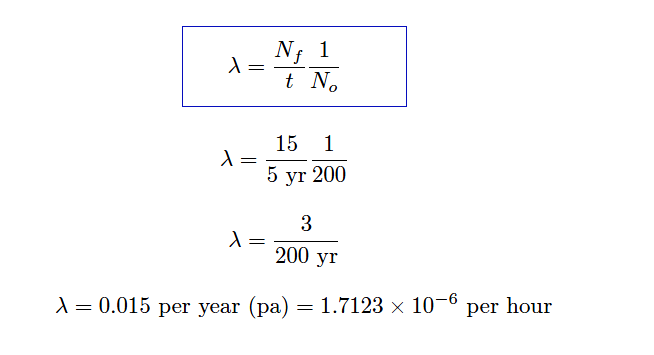
With this value for lambda being so much larger than the microprocessor’s transistors, it is not necessary to use a unit such as FIT to conveniently represent it.
MTTF = 1/λ = 66.667 years = 584000 hours
Mean Time To Failure (MTTF) is the amount of time it would take to log a number of failures equal to the total number of valves in service, given the observed rate of failure due to random causes.
Note that MTTF is largely synonymous with MTBF. The only technical difference between MTBF and MTTF is that MTTF more specifically relates to situations where components are repairable, which is the scenario we have here with well-maintained control valves.
Note : The typically large values we see for MTBF and MTTF can be misleading, as they represent a theoretical time based on the failure rate seen over relatively short testing times where all components are “young.”
In reality, the wear-out time of a component will be less than its MTBF. In the case of these control valves, they would likely all “die” of old age and wear long before reaching an age of 66.667 years!
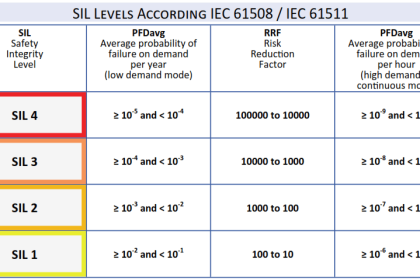
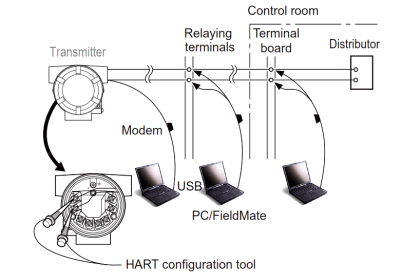
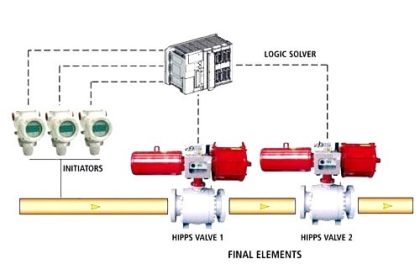
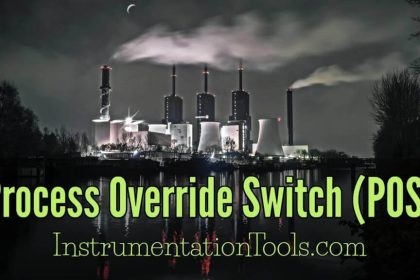
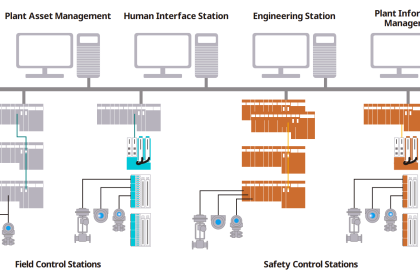

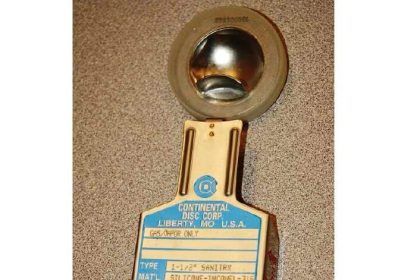
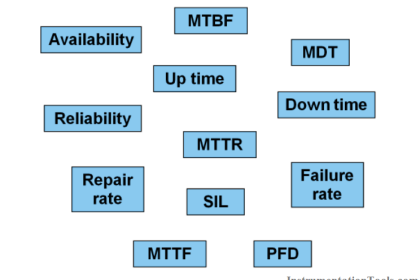



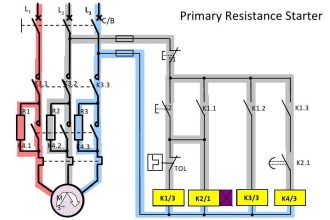
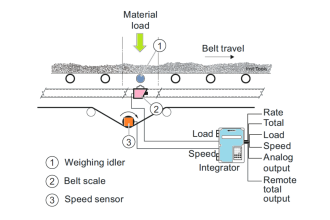


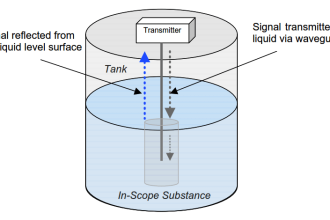

What is mttf and mtbf